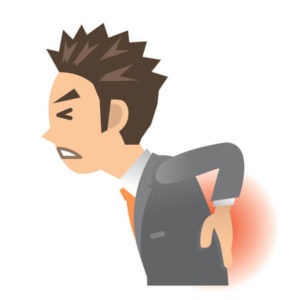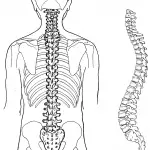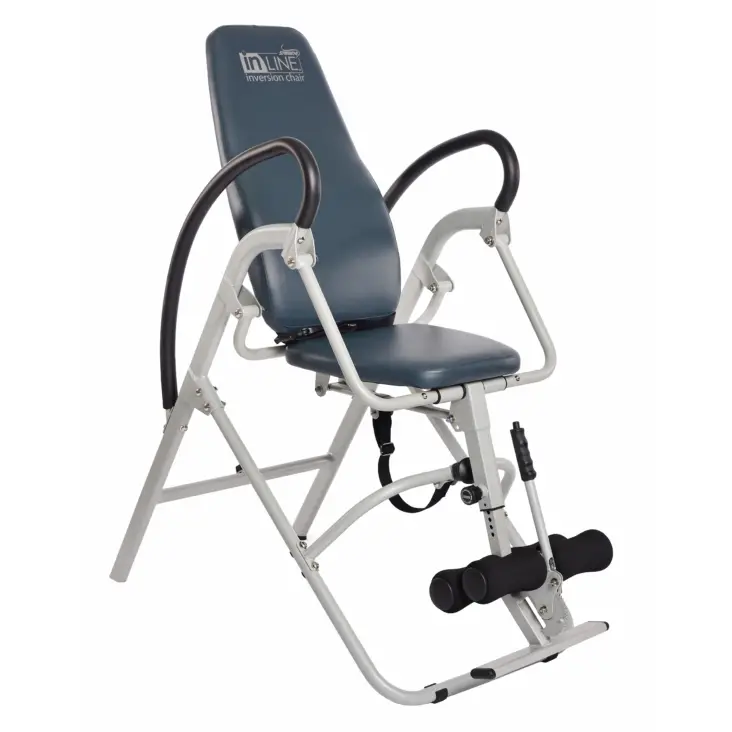Back pain is one of the leading causes for disability in adults, with more than 80% of adults experiencing some form of back pain at some point during their lives.
This can hinder your ability to perform day-to-day activities like bending over or reaching to pick something up off the floor, not to mention exercise and other physical activities.
You may not be able to cope with the discomfort, so you end up relying on pain-relieving medications and muscle relaxants and suffer from withdrawal symptoms when they’re discontinued. And after an unknown amount of time, you can end up addicted to these medications.
There are also surgical treatments for back pain, but there are risks and negative side effects, and they’re not always as effective as we’d like.
The truth is that no doctor has the answer or a silver bullet to treat back pain.
But without fail, some patients will be told by their doctors to use an inversion table at home or visit a physical therapist who uses inversion therapy to treat back pain.

What is an inversion table?
An inversion therapy table is exactly what it sounds like: a table that allows the user to be inverted with their head down (inverted) and feet up (vertical).
What are the supposed benefits of inversion?
There are several benefits to inversion therapy. Below, we’re going to highlight a few of them, as well as some potential risks and side effects. Keep reading for our expert-recommended advice.
The supposed benefits of inversion therapy include:
1. Reducing back pain
It’s widely believed that inversion helps with back pain. The major benefit of inversion is that it facilitates a decompression of the spinal cord, which can help decompress the nerves and relieve pressure and discomfort. In addition to reducing back pain, it can help heal and strengthen muscles that become weak due to prolonged stress.
2. Anti-inflammatory properties
Many people believe that increased blood flow helps to relieve inflammation, but there’s no real science behind this claim. Inversion is thought to help reduce inflammation as it encourages blood flow down the spinal cord, which can help disperse the pain in your back.
3. Improving mobility and range of motion
Inversion therapy is thought to improve mobility and range of motion by encouraging blood flow down the spinal cord. In addition, it can also improve joint flexibility and muscle strength.
4. Helping to heal spinal injuries and back surgery
Spinal injuries can be especially problematic and painful. Because of the blood flow benefits mentioned above, inversion tables are often used to help treat scoliosis , back injuries including herniated disks, stenosis, and. In addition, it can help those who have undergone surgery to recover from the surgery faster and with less pain.
5. Promoting overall health
One of the more minor benefits of inversion therapy is that it can help to promote overall health. Inversion therapy helps to remove toxins from your body and blood, as well as encourages blood flow to the heart and brain, which can improve heart health and brain function.
Potential Risks And Side Effects Of Inversion Therapy
1. Vertigo & Dizziness
Inversion therapy can cause dizziness or vertigo, especially after the first few times you use the table. This is because blood flow is decreased when you’re upside down, so you may feel dizzy or lightheaded at first. The feeling should wear off after a few days as your body gets used to the change in blood flow.
2. Head & Neck Problems
Inversion therapy can affect your head and neck, as your blood pressure will be lower than usual while upside down. If you have high blood pressure or severe headaches, do not use inversion therapy.
3. Blurred vision
Inversion therapy can cause blurred vision if you’re not used to being inverted. The problem should go away after using the table more, but in the meantime, be sure to use caution.
4. Stomach pain, vomiting and nausea
Inversion therapy can cause nausea and vomiting if you haven’t been able to adjust your body to being upside down. You may feel worse before you feel better as your body adjusts to inversion therapy. It’s best to take things step-by-step and slowly adjust your body over time instead of going right into a full inversion right away.
5. Risk of fall or injury
One of the most serious risks of inversion therapy is that you could fall or injure yourself if your table is not sturdy. In addition, the risk of falling increases if you have had a few drinks before using your table.
6. Risk to joints and ligaments
If you don’t have your hips and knees properly aligned while using an inversion table, you can cause issues and damage to them.
7. Increased pulse
Inversion therapy can increase your pulse and blood pressure by lowering it down the spinal cord. If you have high blood pressure or heart disease, be sure to check with a doctor before using inversion therapy.
What to do if you Want to Try Inversion Therapy
If you are suffering from back pain, it may be worth your time to try inversion therapy. However, we do not recommend that you rush into trying inversion therapy. There are a few things you should keep in mind before trying this therapy.
Inversion therapy has been proven to be effective for many people who suffer from back pain, but there are also some serious risks involved, and on has to ask can inversion table make back worse. It’s important that you take the time to educate yourself and make sure that you’re taking proper precautions when starting this practice.
1. Make sure your table is in good working order before you start
Your inversion table should have a sturdy frame, with the legs and crossbars all properly connected. If your table is shaky or the wires are fraying, you could end up falling or injuring yourself. It’s also a good idea to check that there aren’t any loose parts and that it’s safe enough to sit on.
Check your safety straps and cords as well, and be sure that they are long enough. If the table is in good working order, you can start using it to improve your overall health.
2. Check with your doctor before you start
It’s always best to check with a doctor before you begin any form of physical therapy or any type of exercise. Your doctor may recommend that you enroll in a rehab program at first, before starting inversion therapy.
3. Take it slow
You should start out with only few minutes of inversion therapy, and then increase the time over time. If you begin at a very high altitude, you could experience dizziness or lightheadedness right away. It’s best to start with a low altitude and gradually increase the amount of inversion therapy over time.
Conclusion
As you can see, inversion therapy has proven to be quite effective in helping to improve your overall health and reduce the pain of back and neck pain.





